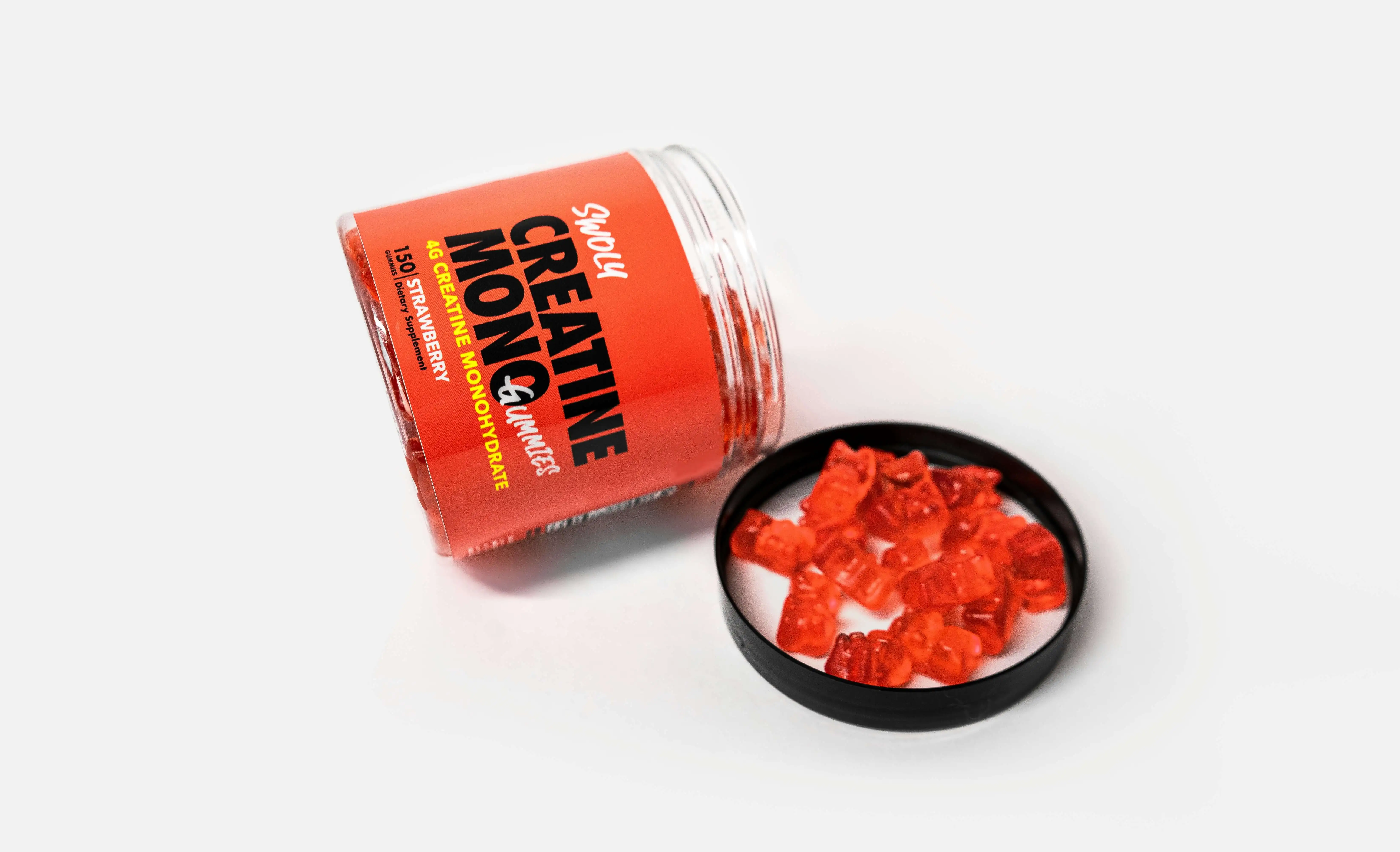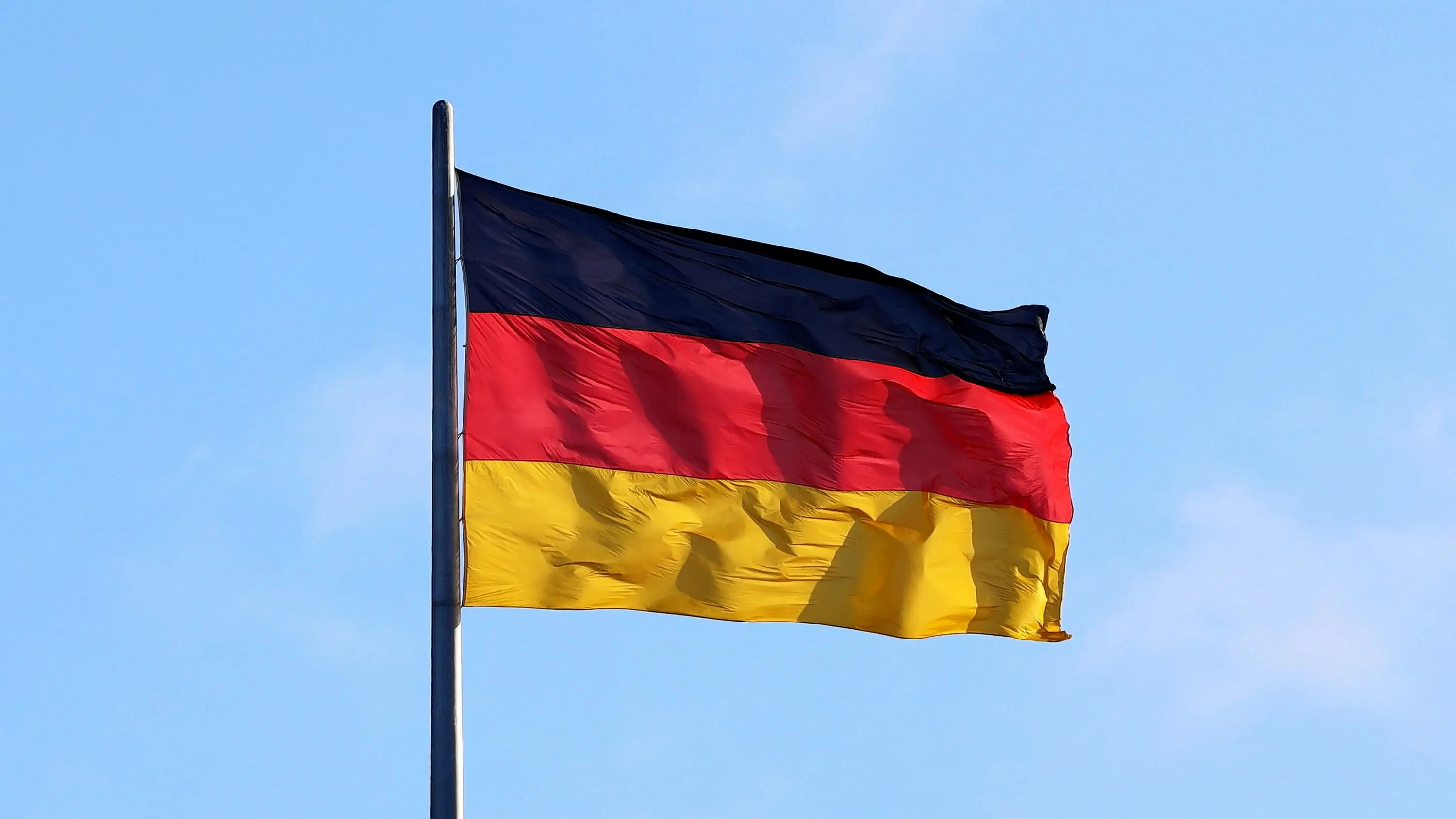Fastest Growing Australian E-Commerce Stores
Written by Diogo Matos  |
Last updated on 5th December, 2025
|
Last updated on 5th December, 2025
This year, Australia ecommerce stores are navigating an evolving ecommerce environment.
Typically, Instagram accounts in this space saw a weekly growth of 197.7 followers, with an average engagement rate of 2.02% — showing that consumer interest stays robust on social media.
On the other hand, organic search performance fell, with traffic falling by -48.8% industry-wide. This reveals increased competition or reduced search visibility, which force SEO agencies to come up with fresh approaches to generating organic traffic, such as ranking on AI models.
Looking at paid channels, around 67.8% of stores have launched Meta ads at least once, and 62.9% have launched Meta ads currently. Paid search stays underdeveloped, with only 15.5% of stores leveraging it—opening doors for growth-savvy brands to leverage lower-competition paid opportunities.
This data exposes the essential metrics for agencies and ecommerce professionals seeking to benchmark performance, uncover new opportunities, and track industry-wide shifts.





Organic Social Trends for Australia E-Commerce Stores
Organic social trends for Australia e-commerce stores show evolving dynamics across platforms. Instagram organic traffic has experienced fluctuations over recent months, with a noticeable decline from 1895.62 in April to 1347.94 in November. TikTok, on the other hand, demonstrated substantial engagement early in the year with peaks such as 1387.31 in March, but recently shows a downward trend, ending at 438.04 in November.
In terms of activity, the average weekly Instagram growth sits at 197.72 followers per week, indicating a vibrant community expansion despite a slight decline in average posts per week from 4.55 to 4.00. TikTok's platform sees a contrasting trend with a small increase in posts per week from 3.42 to 3.67.
Overall, the landscape suggests a significant number of stores rely heavily on Instagram for traffic, with 516 stores recording fewer than 10k monthly visitors. Engagement trends point towards stable interaction levels, but changes in posting frequency highlight strategic shifts stores are making in response to evolving audience behavior.
% of Traffic from Organic Instagram Over Time
Percentage of total traffic coming from organic Instagram posts and stories
% of Traffic from Organic TikTok Over Time
Percentage of total traffic coming from organic TikTok videos